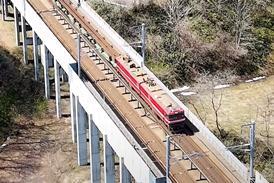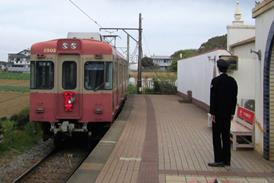Close menu
- Home
-
News
- Back to parent navigation item
- News
- Traction and rolling stock
- Passenger
- High speed
- Freight
- Infrastructure
- Policy
- Technology
- Ticketing
- Business
- Research, training and skills
- Accessibility and inclusion
- People
- Urban rail news
- Suburban and commuter rail
- Metro
- Light rail and tram
- Monorail and peoplemover
- Regions
- InnoTrans
- In depth
- Events
- Data
- Maps
- Tenders & Jobs
- Sponsored content
- Insights
Ladder sleepers perform well in tests
By Railway Gazette International1997-09-01T10:00:00
INTRO: Longitudinal precast concrete beams laid in stone ballast provide continuous support to the rails and reduced ground pressure for the same overall weight as conventional sleepers
Already have an account? LOG IN
To continue…
You’ve reached your limit of content for the month














